Growing Regulatory Scrutiny
The increasing regulatory scrutiny surrounding the storage and transportation of temperature-sensitive products is a significant driver for the healthcare cold-chain-monitoring market. Regulatory bodies are imposing stricter guidelines to ensure compliance with safety standards, particularly for biologics and pharmaceuticals. The FDA and other agencies are actively enforcing regulations that mandate real-time monitoring and documentation of temperature conditions. This regulatory environment compels organizations to invest in advanced cold-chain monitoring solutions to avoid penalties and ensure compliance. As a result, the healthcare cold-chain-monitoring market is expected to experience growth as companies adapt to these evolving regulatory requirements and prioritize compliance in their operations.
Rising Demand for Biologics
The increasing demand for biologics in the healthcare cold-chain-monitoring market is a notable driver. Biologics, which include vaccines, blood products, and gene therapies, require stringent temperature control during storage and transportation. The market for biologics was projected to reach approximately $500 billion by 2025, indicating a robust growth trajectory. This surge necessitates advanced cold-chain monitoring solutions to ensure product integrity and efficacy. As healthcare providers and manufacturers prioritize patient safety, the reliance on effective cold-chain systems becomes paramount. Consequently, the healthcare cold-chain-monitoring market is likely to experience heightened demand as stakeholders seek reliable solutions to maintain the required temperature ranges for these sensitive products.
Increasing Focus on Patient Safety
The heightened focus on patient safety is a critical driver for the healthcare cold-chain-monitoring market. As healthcare providers strive to minimize risks associated with temperature-sensitive products, the demand for reliable cold-chain solutions intensifies. Reports indicate that improper temperature management can lead to significant financial losses, estimated at $35 billion annually in the US healthcare sector. This financial implication underscores the necessity for robust monitoring systems to ensure product quality and patient safety. Consequently, stakeholders are increasingly investing in advanced cold-chain monitoring technologies to mitigate risks and enhance patient outcomes. This trend is likely to propel the growth of the healthcare cold-chain-monitoring market as organizations prioritize safety and compliance.
Expansion of E-commerce in Pharmaceuticals
The expansion of e-commerce in the pharmaceutical sector is significantly influencing the healthcare cold-chain-monitoring market. As online pharmacies and telehealth services gain traction, the need for efficient cold-chain logistics becomes more pronounced. E-commerce sales in the pharmaceutical industry are projected to exceed $100 billion by 2025, necessitating reliable cold-chain solutions to ensure the safe delivery of temperature-sensitive products. This shift towards online distribution channels requires enhanced monitoring systems to maintain product integrity during transit. As a result, the healthcare cold-chain-monitoring market is likely to benefit from this trend, as companies seek to implement effective solutions to meet the demands of e-commerce logistics.
Technological Integration in Supply Chains
The integration of advanced technologies into supply chains is transforming the healthcare cold-chain-monitoring market. Technologies such as IoT, blockchain, and AI are being increasingly adopted to enhance tracking and monitoring capabilities. For instance, IoT devices enable real-time temperature monitoring, while blockchain ensures data integrity and traceability. The market for IoT in healthcare is expected to grow at a CAGR of over 25% through 2025, reflecting the industry's shift towards digital solutions. This technological evolution not only improves operational efficiency but also enhances compliance with regulatory standards. As a result, the healthcare cold-chain-monitoring market is poised for growth as organizations invest in these innovative technologies to optimize their supply chains.

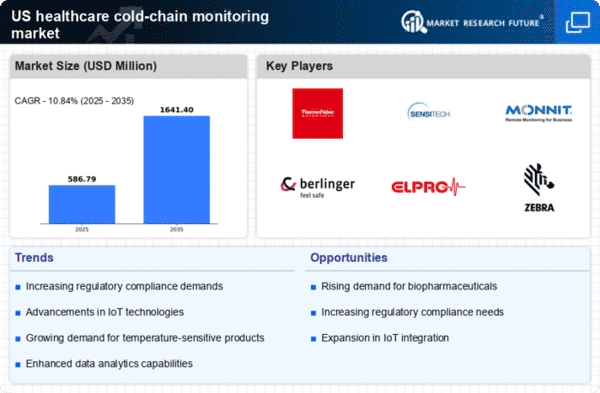
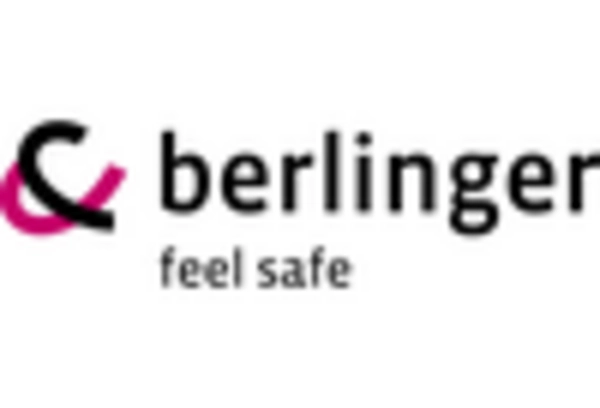
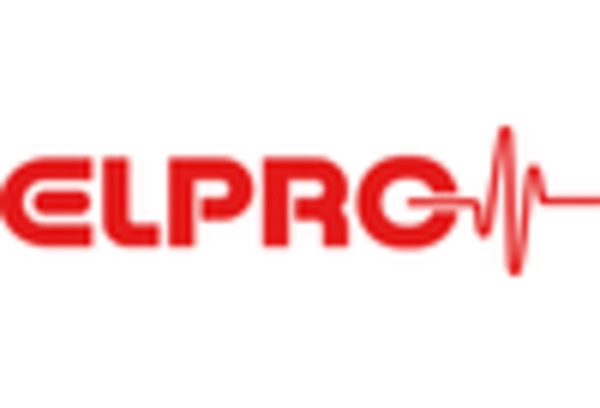
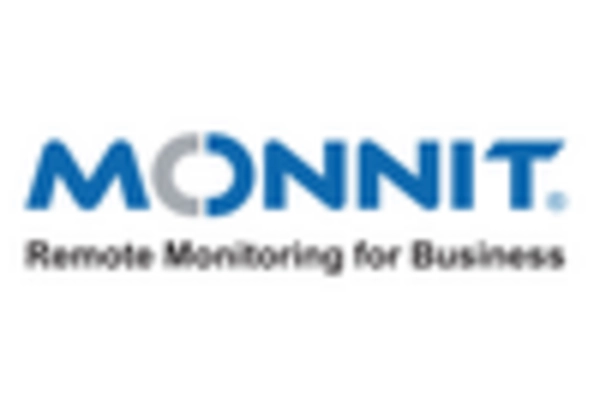
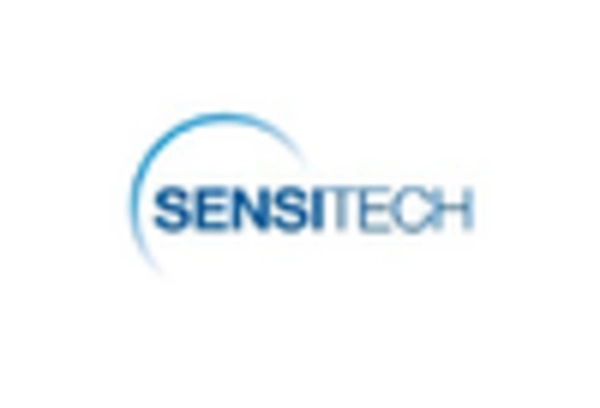
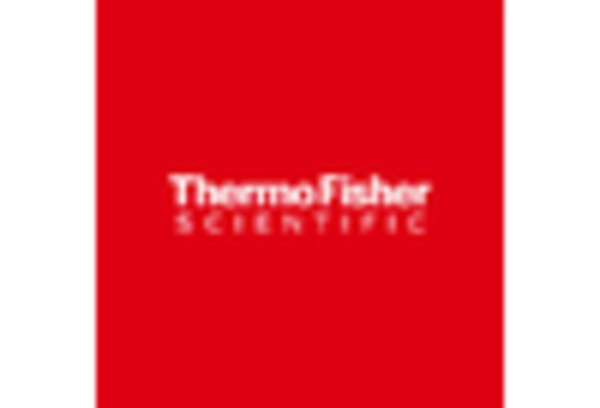
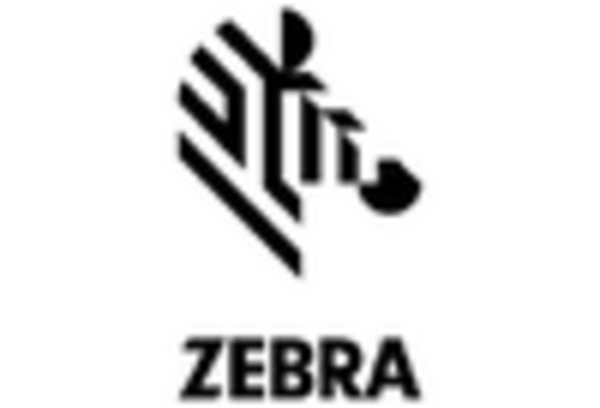








Leave a Comment